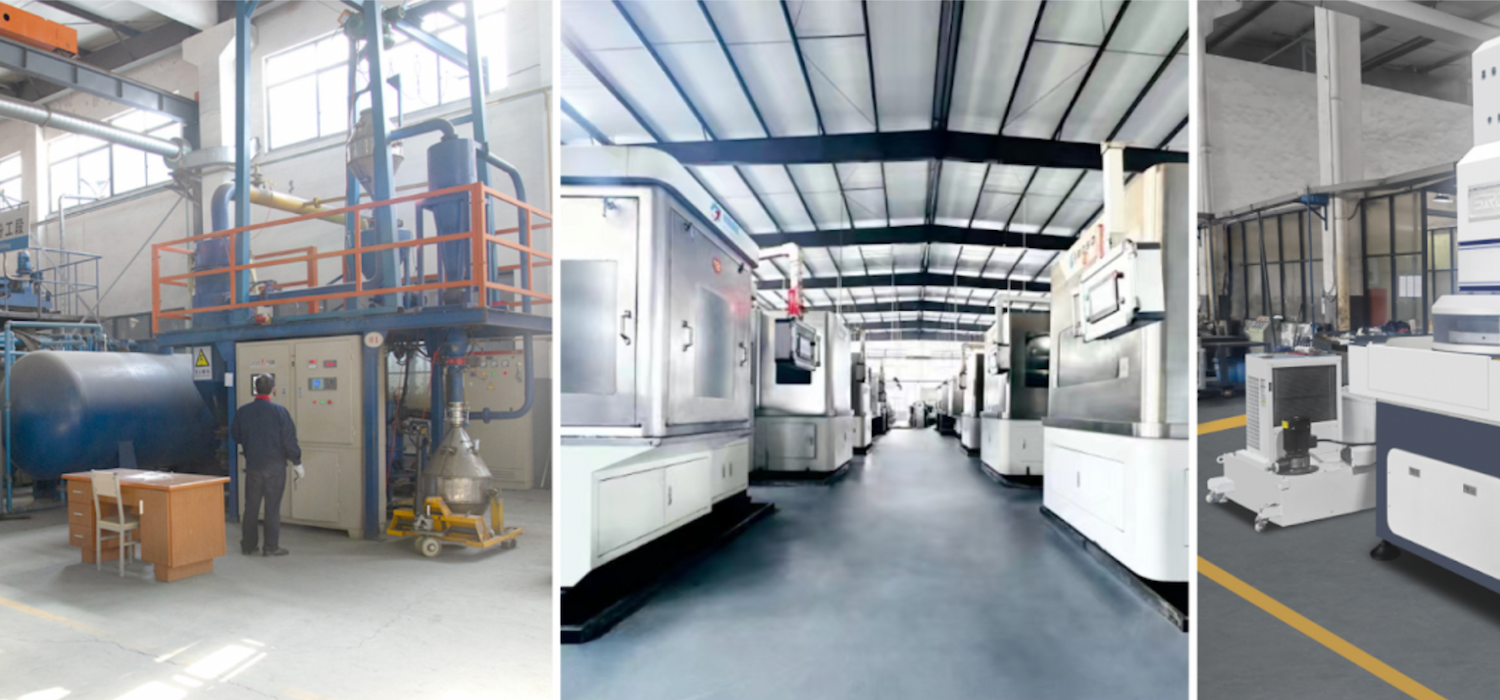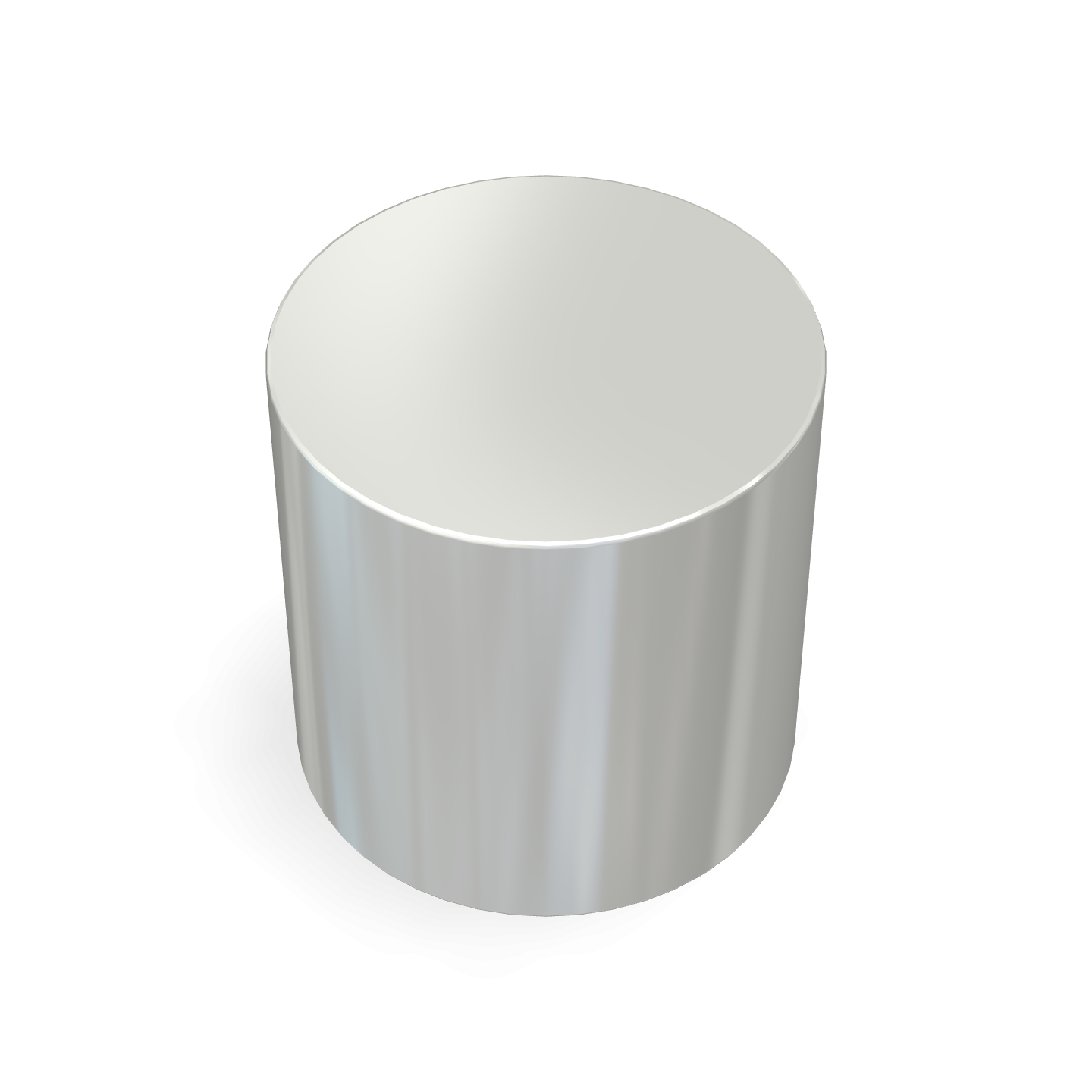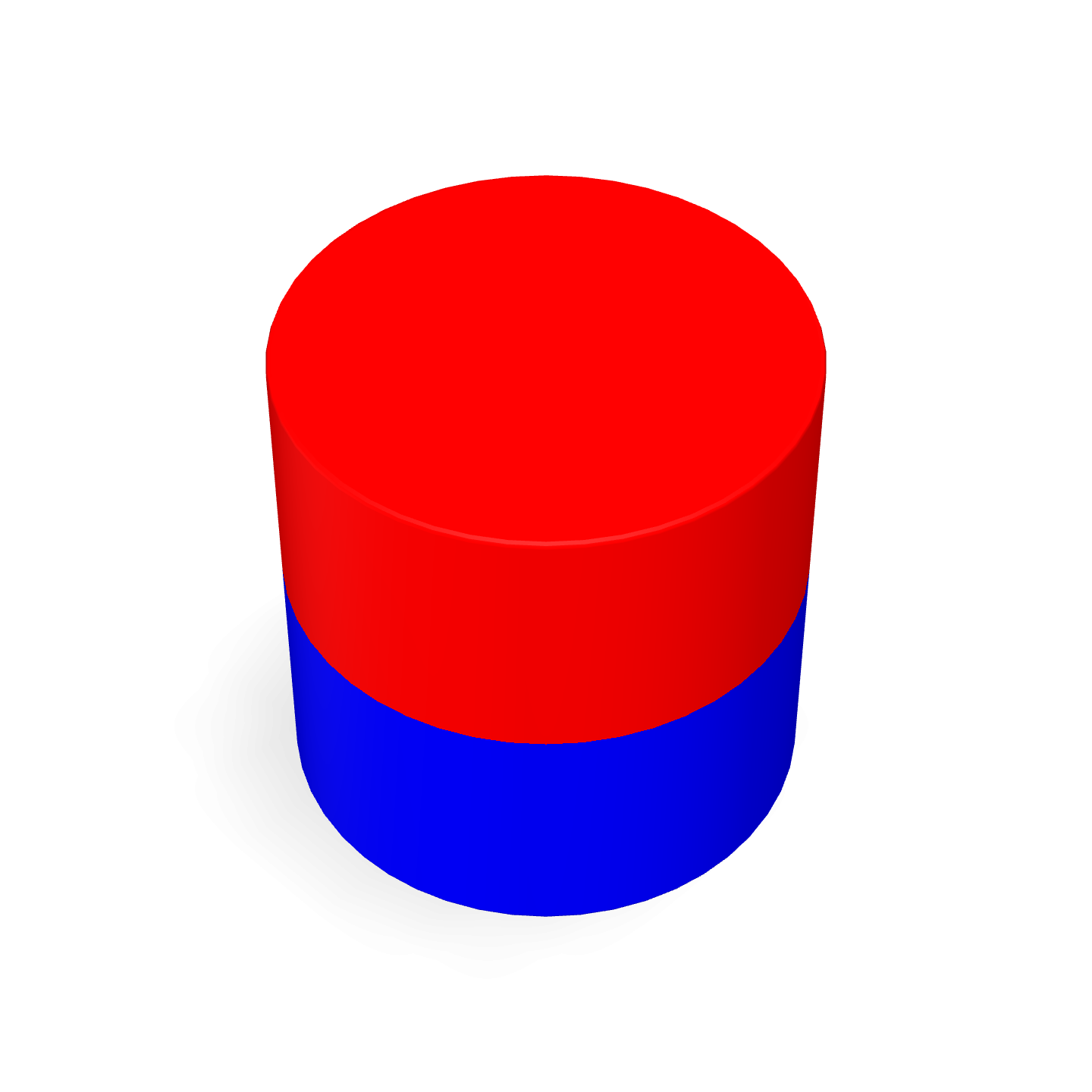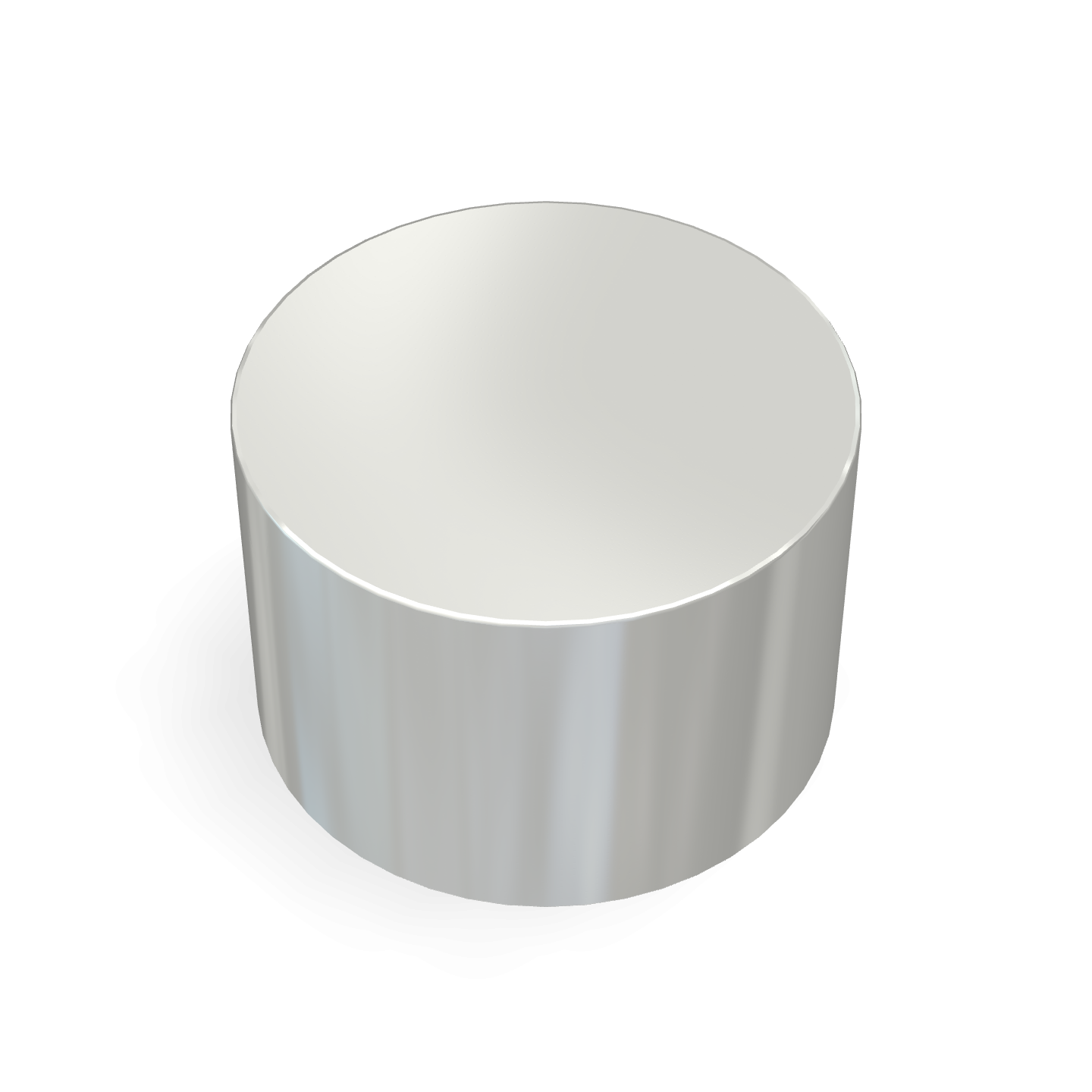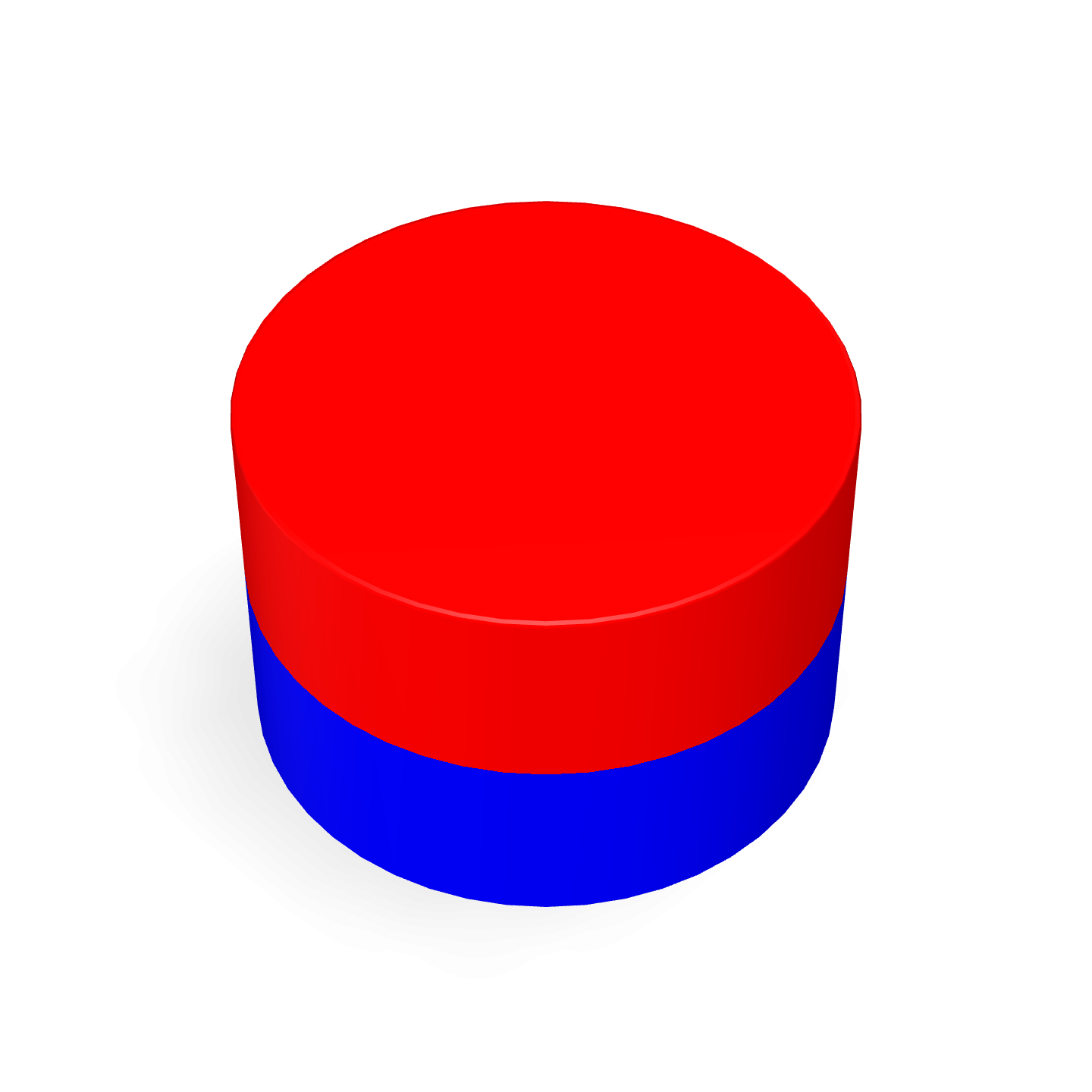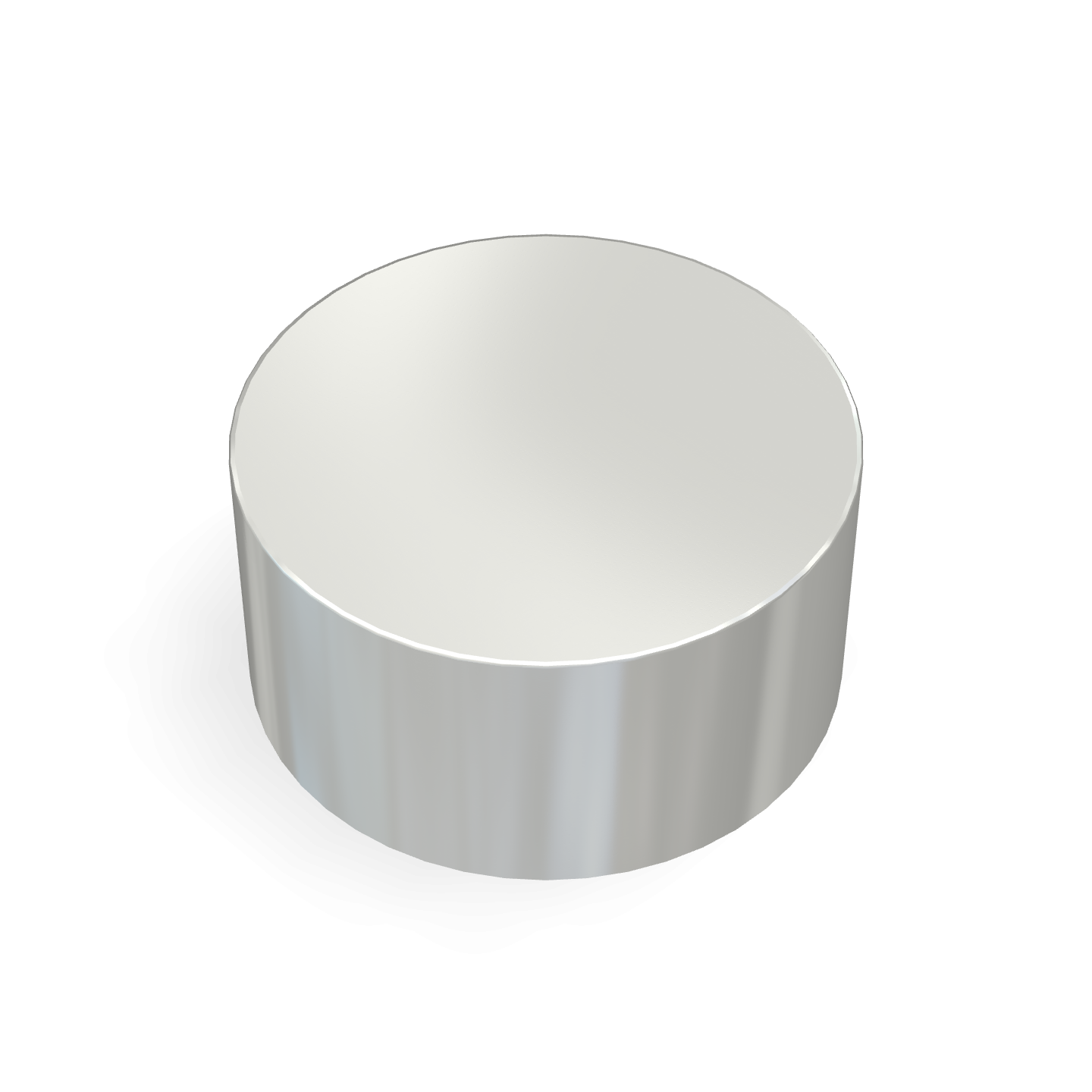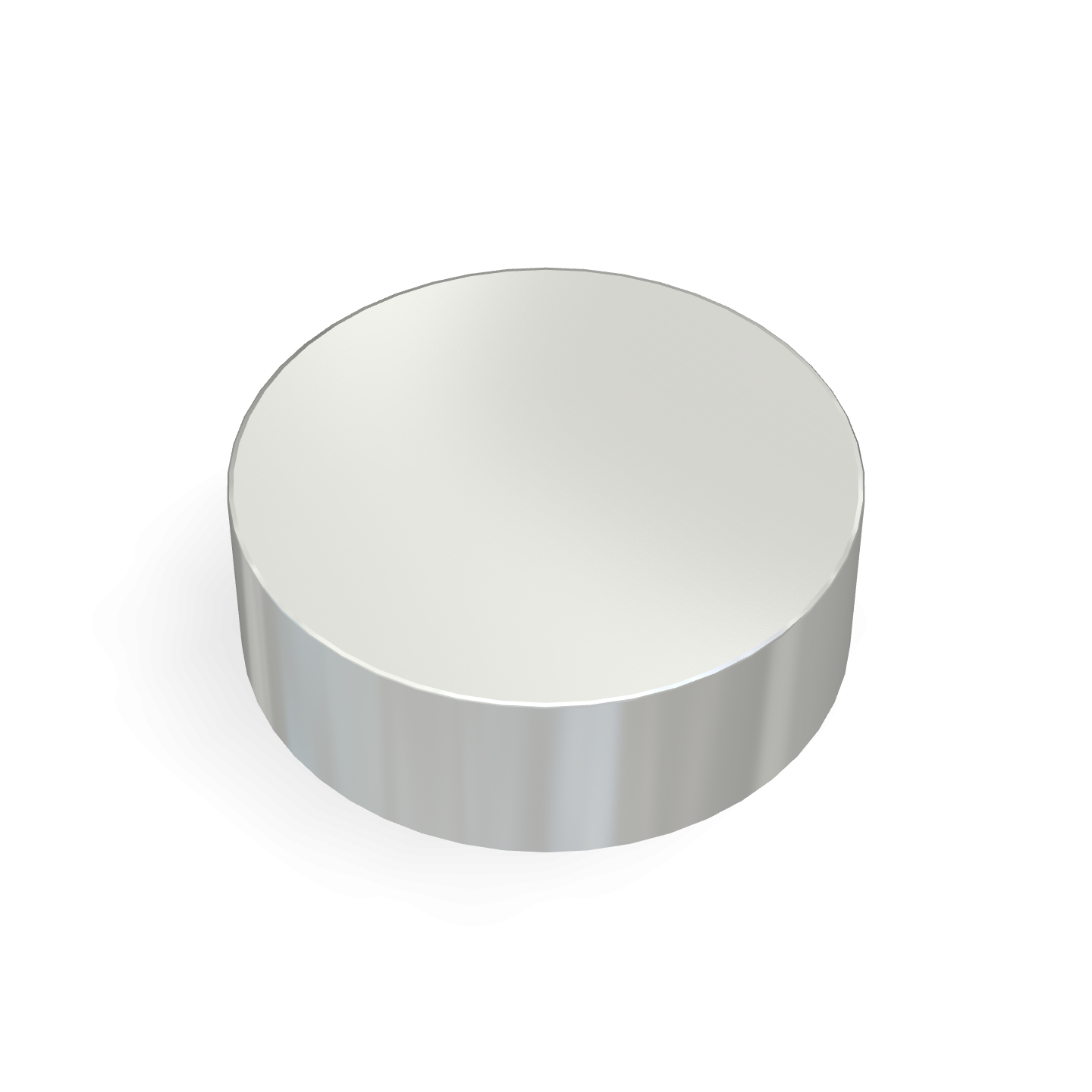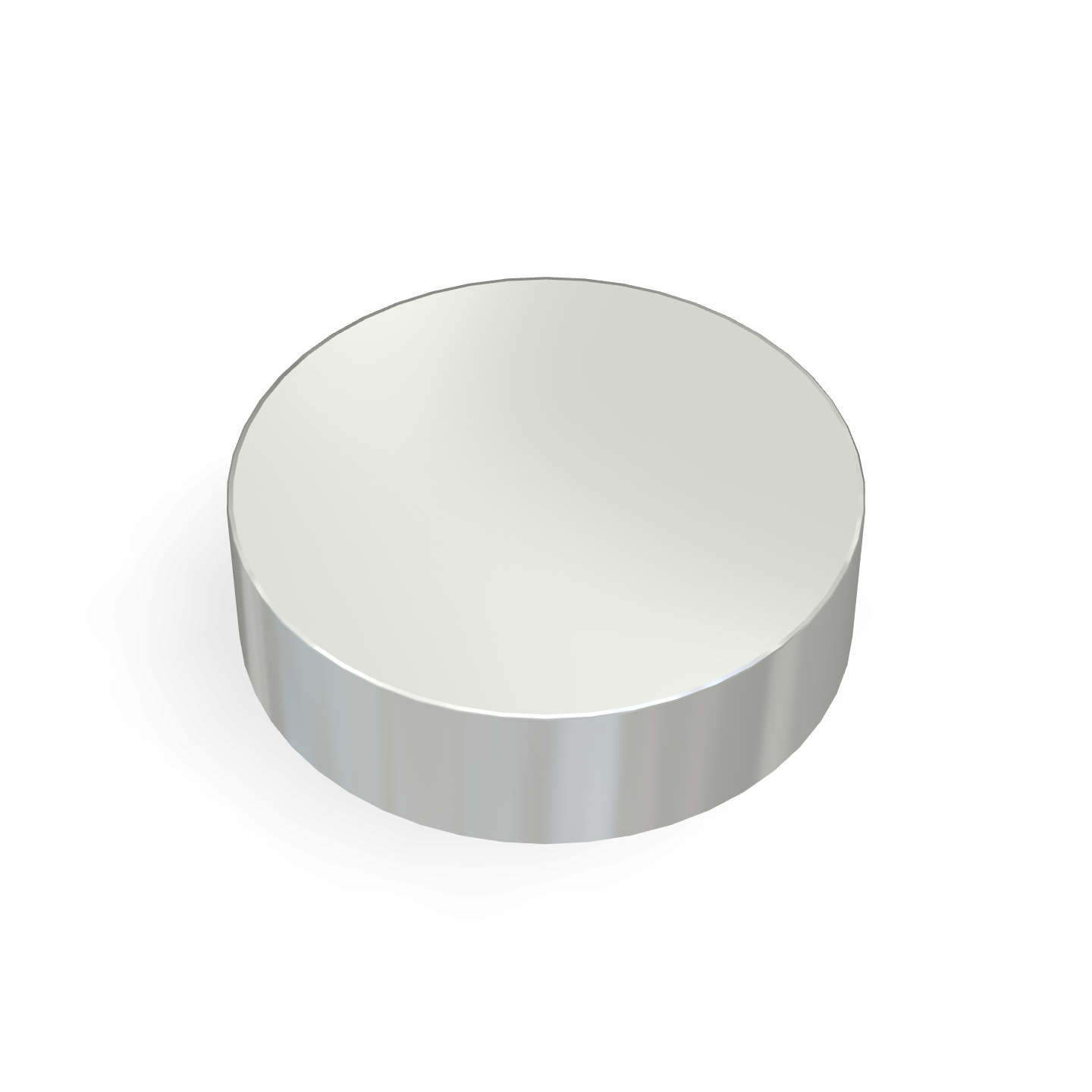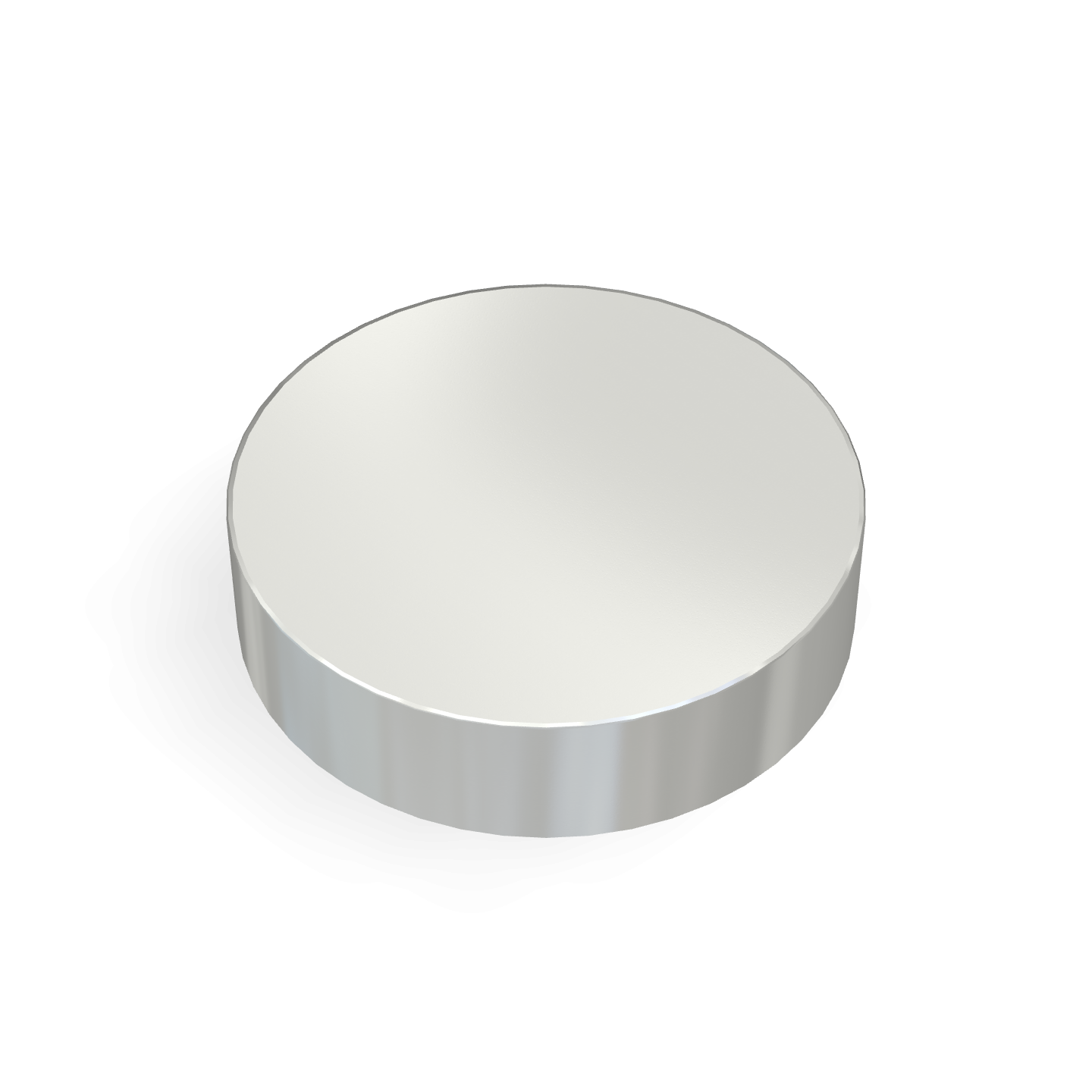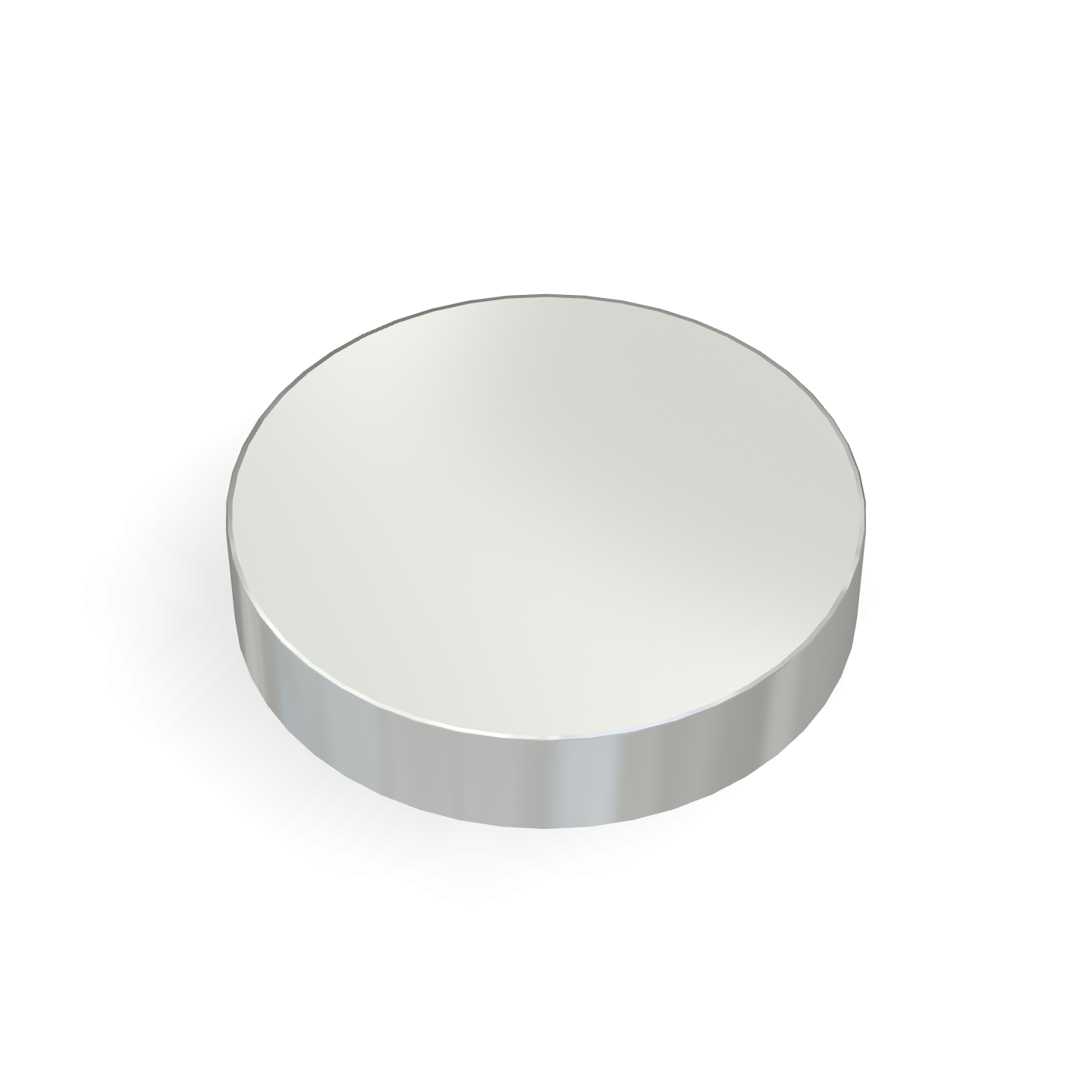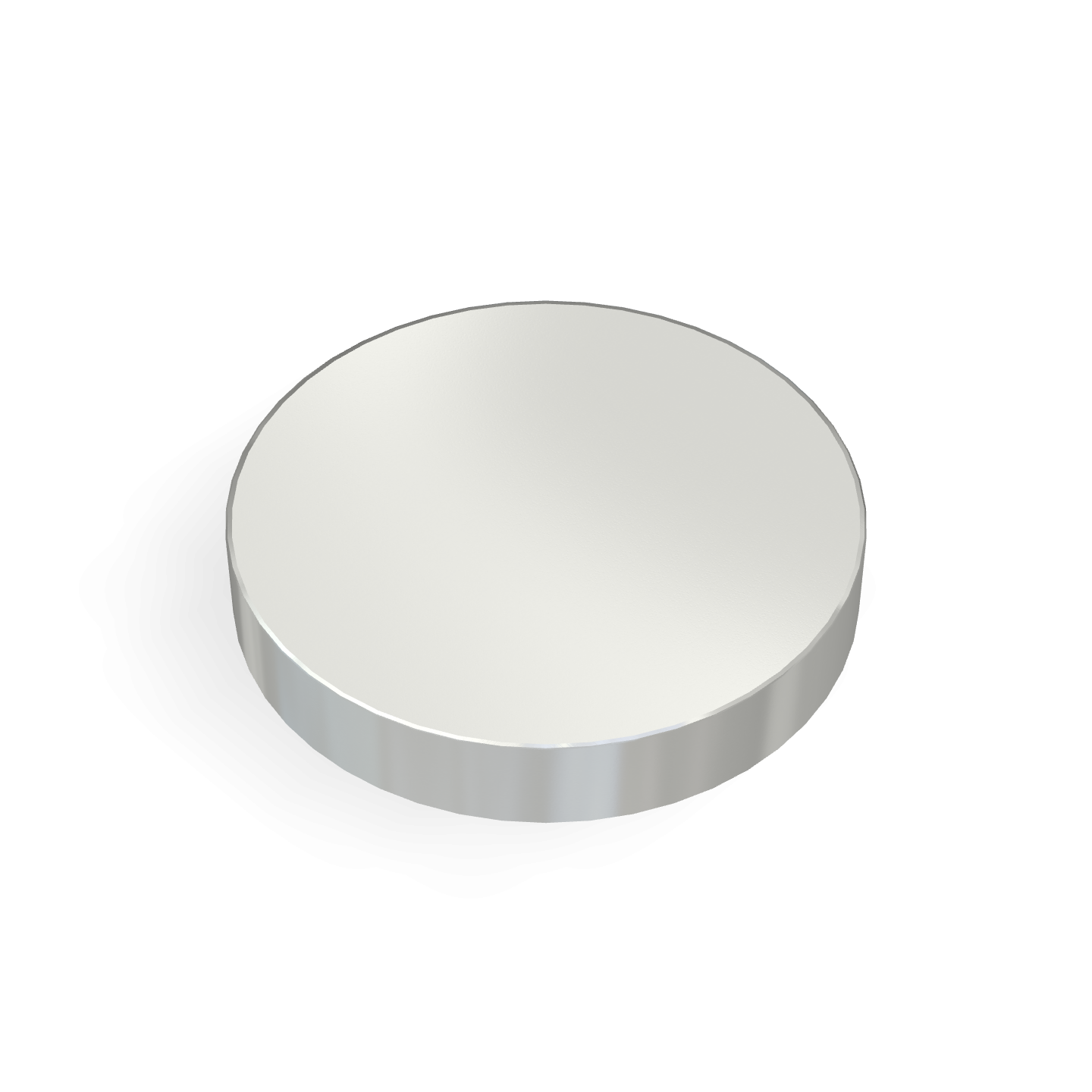Introduction
Neodymium magnets, often referred to as NdFeB or rare earth magnets, are among the strongest permanent magnets in the world. Their incredible magnetic strength makes them essential in a wide range of applications, from heavy machinery to everyday electronics. To fully appreciate the qualities of these powerful magnets, it’s helpful to understand how they’re made. This article outlines the manufacturing process step by step, highlighting the precision techniques and stringent quality checks that go into creating these remarkable components.
1. Raw Material Preparation
The first step in the production of neodymium magnets involves preparing the raw materials. The main components are:

- Neodymium (Nd): A rare earth element.
- Iron (Fe): A widely available material.
- Boron (B): Used to stabilize the structure.

Additional elements like dysprosium (Dy) or praseodymium (Pr) may be added to improve temperature resistance and performance. These materials are carefully mixed in exact proportions to ensure the final product has the desired properties.
2. Melting and Casting
After preparation, the raw materials are melted together in a vacuum induction furnace. Maintaining precise control over the temperature and atmosphere is critical to ensure proper bonding of the elements. The molten mixture is poured into molds to create billets or ingots, which are cooled under controlled conditions. This cooling process is essential to develop a uniform crystalline structure.
3. Milling and Powdering
Once the billets have cooled, they are crushed into smaller pieces and refined into a fine powder using jet milling. The particles are reduced to micrometer sizes, a crucial step because the particle size influences the magnet’s final characteristics.
4. Pressing and Aligning
The fine powder is pressed into molds under high pressure. During this process, an external magnetic field aligns the particles’ magnetic domains, ensuring the finished magnet will exhibit uniform and strong magnetic properties. At this stage, the material, referred to as a green compact, is still fragile and requires further processing to strengthen it.
5. Sintering
The green compact is heated in a controlled environment at temperatures between 1,000°C and 1,100°C. This process, known as sintering, fuses the particles into a dense and solid structure. Sintering also refines the crystalline structure, further enhancing the magnet’s performance.
6. Machining
After sintering, the magnets are usually larger than the required dimensions. Precision techniques like grinding and cutting are used to shape them to the desired size. As neodymium magnets are brittle, careful handling during this phase is crucial to prevent damage.
7. Coating
Neodymium magnets are vulnerable to oxidation, which can weaken their performance over time. To combat this, they are coated with protective layers such as nickel, zinc, or epoxy. These coatings are applied using methods like electroplating to provide an even and durable finish.
8. Magnetization
Once the magnets are shaped and coated, they undergo magnetization. This involves exposing the magnets to a powerful magnetic field, permanently aligning their magnetic domains. This step determines the magnet’s strength and polarity.
9. Quality Control and Testing
The final stage is rigorous quality control. Each magnet is tested for its magnetic strength, dimensions, and coating quality. Tools like flux meters and Gauss meters ensure every magnet meets the required specifications. Those that don’t pass the tests are either reprocessed or discarded.
Conclusion
The creation of neodymium magnets is a meticulous and highly technical process. From mixing raw materials to final testing, every stage plays a role in producing magnets with exceptional strength and reliability. Understanding how these magnets are made underscores their importance in modern technology, whether they’re used in electric motors, renewable energy systems, or advanced medical devices.
Learn more about the detailed Magnet Manufacturing Process on Magfine’s official page.

